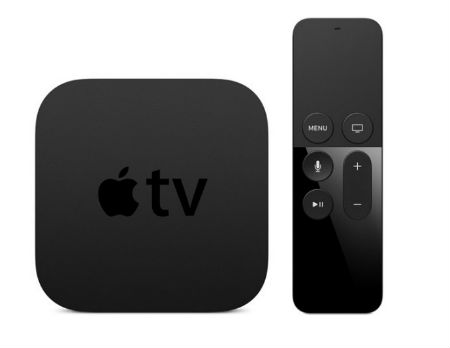FCC’s Magical Number: 5 Million

FCC Chairman Tom Wheeler’s proposed set-top rules require that MVPDs create and provide apps for all “widely deployed” retail platforms.
Though a fact sheet for the proposal is rather vague about that, calling out Roku, iOS, Windows and Android as examples, FCC officials have shed more light on that definition as any operating system that has had shipments in the U.S. of at least 5 million devices during the previous year (and not historical shipments).
If a platform meets or exceeds that threshold, MVPDs must write an app for it. By way of example, Roku’s “platform” includes both Roku players as well as integrated Roku TVs. Apple TV is tossed in with any iOS device as viewed through the FCC’s lens, so it easily passes the threshold.
A new device on the market could also make the grade if, for example, it’s built on Android or another platform that has already met the shipment requirement.
And platforms are good to go once they meet the U.S. shipment bar. They don't have to meet it year in and year out. Once they're in...they're in.
There are also other paths to take for device makers that don’t hit the number. FCC officials said they also have the option to forge a business deal with an MVPD to gain access to their app.
Multichannel Newsletter
The smarter way to stay on top of the multichannel video marketplace. Sign up below.
One possible example there is Comcast’s “Xfinity TV Partner Program.” Samsung is the first TV maker to join. Comcast and Roku have also forged an agreement.
At the INTX show in May, Comcast demoed its app running on the Android TV-powered Nvidia Shield but stressed then that no formal business deal had been reached for that particular platform.
In April, Comcast Cable CEO Neil Smit said more than 40 companies had inquired about the program since its introduction in April 2016.
